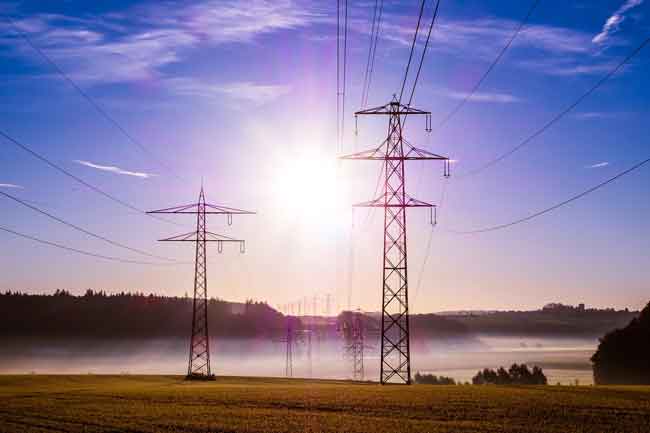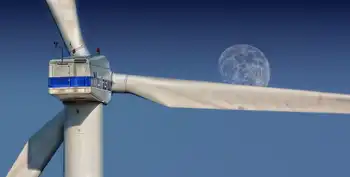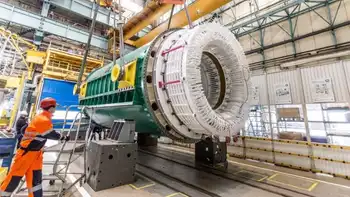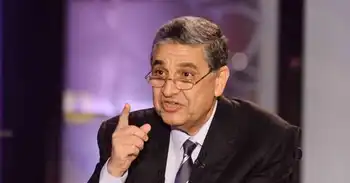Wind farms sped up on Molokai and Lanai
The companies agreed to work together to harness wind power on the islands of Molokai and Lanai, speeding up the process by at least a year by foregoing a bidding war.
The wind farms would eventually feed into an interisland underwater cable system that government leaders envision would connect the islands' separate power grids.
First Wind and Castle & Cooke Hawaii consented to building smaller wind projects together rather than competing to develop bigger wind farms. Their energy would then be sold to Hawaiian Electric Co.
"We could not let the competitive nature of private companies stand in the way of moving forward," said Harry Saunders, president of Castle & Cooke Hawaii, at a news conference in the state Capitol.
Each wind farm would start at 200 megawatts rather than the companies' planned 400-megawatt systems. The companies noted that their collaborative effort may end after the early phase, and then they would start competing for the ability to provide Hawaii's renewable power.
The integration of renewable energy into Hawaii's electric grids is a key part of the state's clean energy initiative, which seeks to have 70 percent of its energy come from clean sources by 2030.
"We're all working together, and the question facing us is not if we can do it, but how we are we going to get it done," said Paul Gaynor, president of First Wind. "Seventy percent clean energy no longer seems so far away."
Henry Curtis of the environmental group Life of the Land said he supports creating more renewable energy, but he questioned why it needs to be built on other islands with expensive sea cables needed to bring it to Oahu.
"The lie is that there's not enough power on Oahu," said Curtis, noting that the island could generate its own power through wind, solar and wave energy.
But Gov. Linda Lingle's administration argued a power grid linking the islands together would increase reliability and security while saving money.
Like Texas, Hawaii could produce some of its energy in remote regions to fuel its power-hungry cities, said Ted Liu, director for the Department of Business, Economic Development and Tourism.
"This type of energy infrastructure, an interconnection of our islands, brings tremendous benefits statewide," Liu said. "It's the right energy grid for the 21st century."
It's unclear when the wind projects would be completed. Previous estimates stated they could take more than five years, but the state is trying to get them done sooner than that.
Contracts to sell the power to Hawaiian Electric, which would then distribute it across Oahu, will require approval from the Hawaii Public Utilities Commission.
Related News
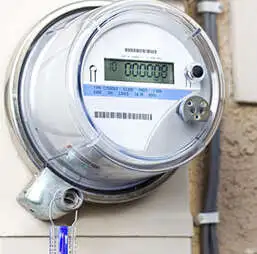
CALIFORNIA: Why your electricity prices are soaring
LOS ANGELES - California's electricity prices are among the highest in the country, new research says, and those costs are falling disproportionately on a customer base that's already struggling to pay their bills.
PG&E customers pay about 80 percent more per kilowatt-hour than the national average, according to a study by the energy institute at UC Berkeley's Haas Business School with the nonprofit think tank Next 10. The study analyzed the rates of the state's three largest investor-owned utilities and found that Southern California Edison charged 45 percent more than the national average, while San Diego Gas & Electric charged double.…

